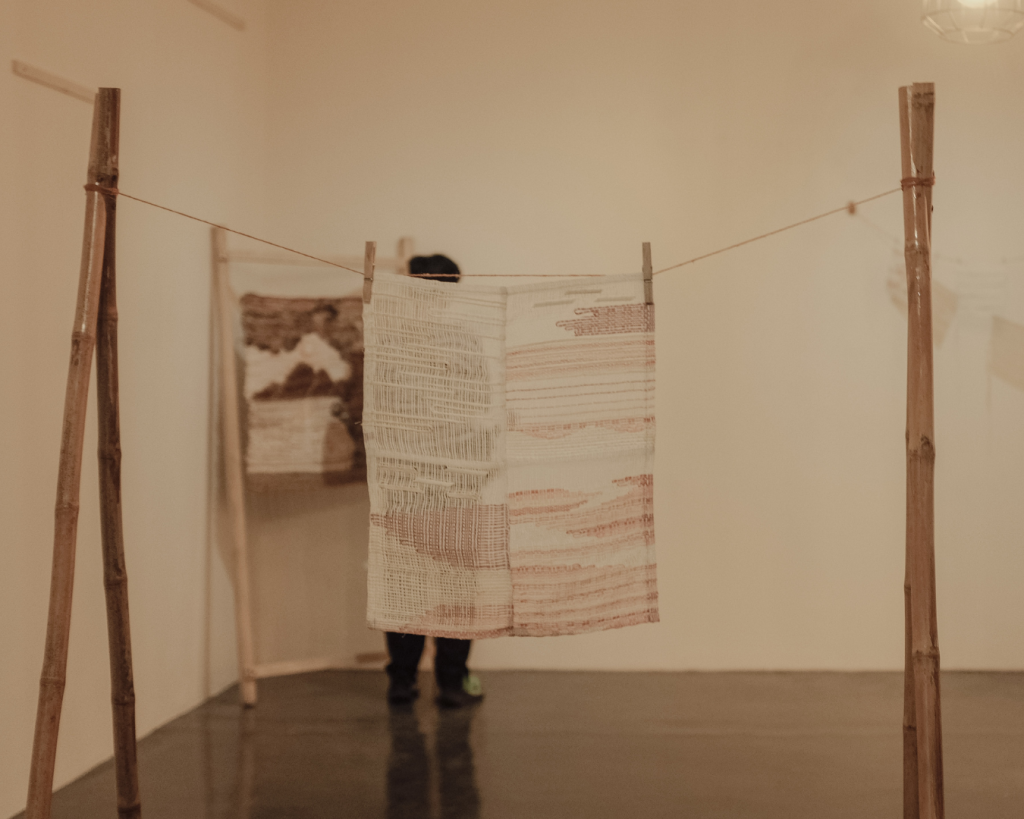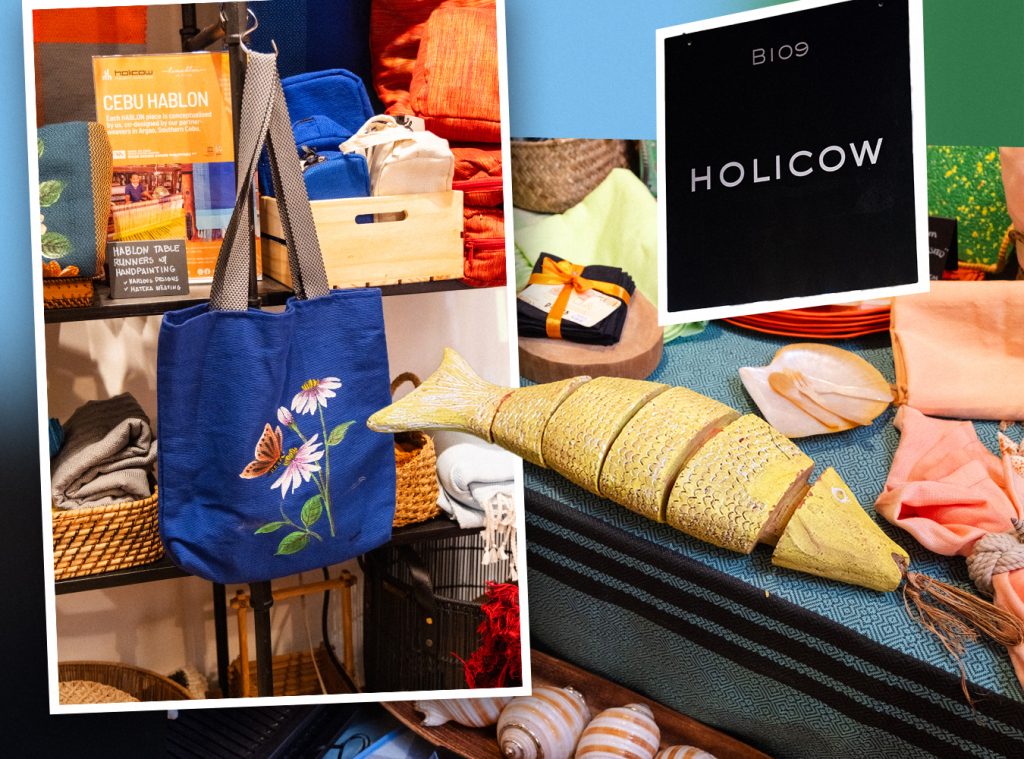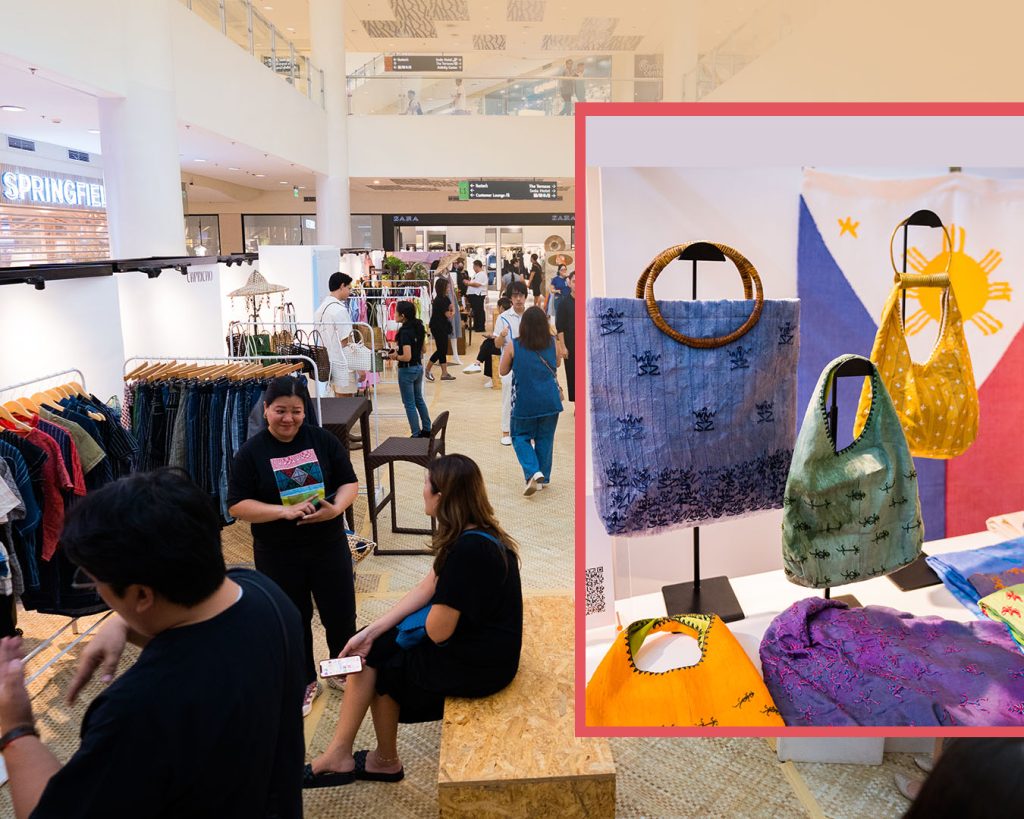Five years in, the founder behind this homegrown brand is still learning, still listening—and still loud about local weaves.
In a fashion landscape obsessed with fast trends and fleeting aesthetics, Balik Batik does the radical: it slows down and listens. What started as a love affair with color has grown into a vibrant, community-rooted brand that champions Filipino textiles—not as costume, but as living culture. At its heart is Veronica Baguio, a woman whose passion for weaving stories is just as strong as her passion for the fabrics themselves.
What first drew her to indigenous textiles? Color. Not subtle earth tones, but full-on, unapologetic brightness. “I’ve always loved colorful, bright palettes—like bright pinks and violets—and a lot of our weaves feature those colors,” Veronica shares. But it wasn’t just about aesthetics—she was also captivated by the storytelling: “I love how some weaves, like Pinilian Abel de Yloco, can show images of a farmer and plants, or how other weaves show fish, stars, and even pineapples!”
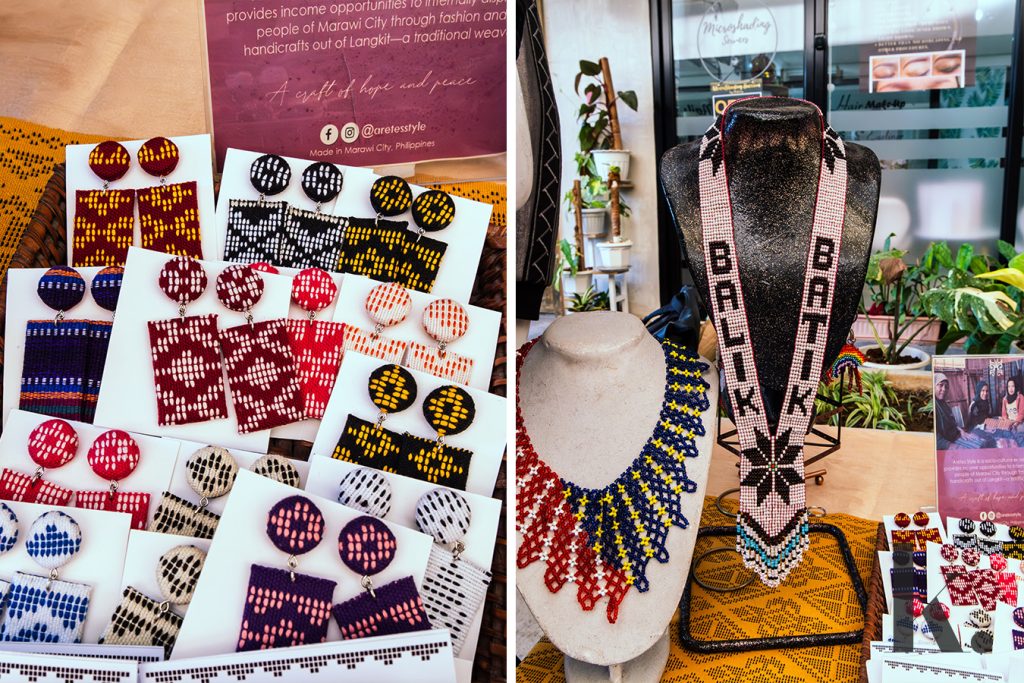
Today, Balik Batik collaborates with a diverse range of indigenous groups, including the Yakan, T’boli, Maranao, Manobo, Tausug, and more—each with their own distinct weaving traditions, motifs, and stories woven into every thread.
If you think all weaves are just variations of pretty patterns, think again. “Each weave reflects the unique geography, mythology, and daily life of the community that creates it.” Take the T’nalak, for instance—woven by T’boli women based on their dreams, and what are called “dreamweavers”. The Binakol uses hypnotic patterns as spiritual protection. And the regal Inaul shimmers with history, once worn by Maguindanaon royalty.

Even the materials tell stories. Many Mindanaoan weaves are made with abaca, a native fiber that thrives in the region. In Abra, where natural dye sources are abundant, colors are drawn from the earth itself. And in the cooler highlands, nature subtly influences the weave.
“I also noticed that weaves from mountainous areas are thicker because it’s often colder in those parts,” Veronica Baguio observes. Every strand is shaped not just by culture, but by climate, geography, and lived experience.
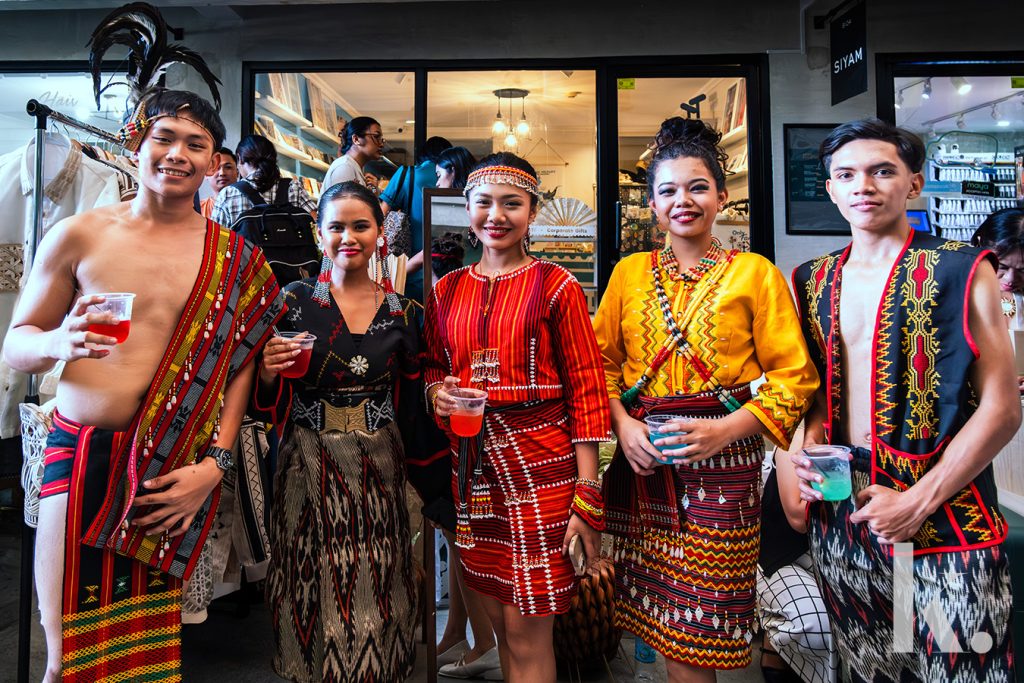
Since Balik Batik launched, it’s done more than just celebrate culture—it’s helped move it forward. “As an online store first, we’ve been able to reach the young market[…] Our work has been worn by P-Pop stars, highlighting the beauty of handwoven fabrics in mainstream media.”
But don’t mistake this movement for a fashion trend. “One of the most common misconceptions is that indigenous textiles are relics—beautiful, yes, but outdated or ceremonial,” says Veronica. “The truth is they are evolving, alive, and incredibly adaptable.” And so is she. “After five years, I know so much, but also recognize I know so little.”
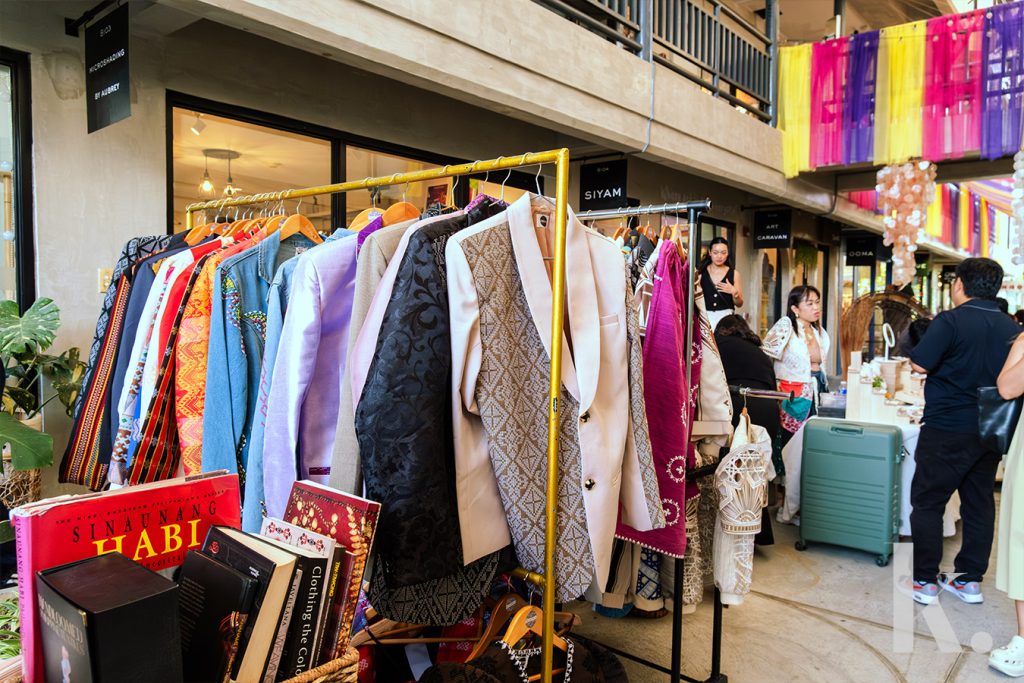
She keeps showing up, keeps asking, and keeps weaving connections into every thread. “It’s an ongoing journey of understanding the experiences of our partners. That’s why I always try to visit my partners. I want to see from where they are, to see their perspectives.”
In a world that moves fast, Balik Batik is proof that slowing down, looking closer, and honoring our roots is not just beautiful—it’s powerful. And it’s far from finished.
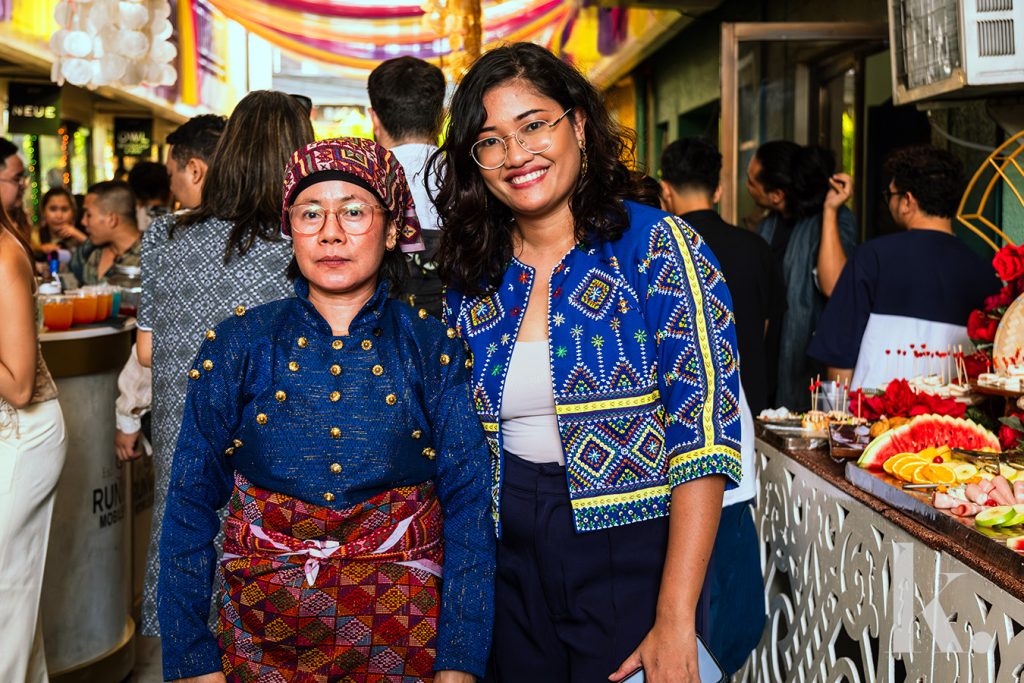
Photography Kyrra Kho



